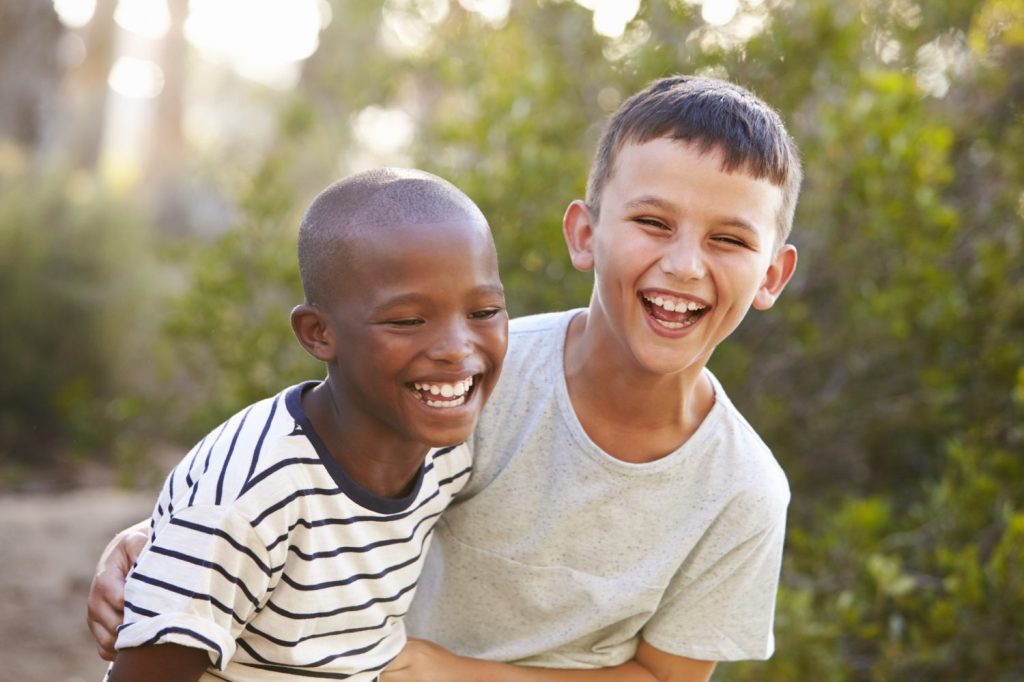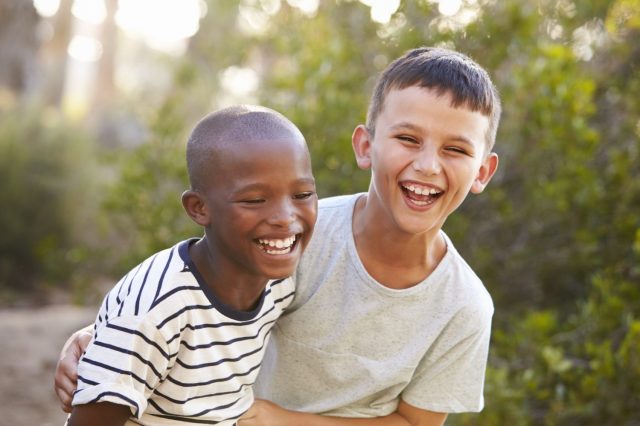
As children grow in the world, they start to slowly look out, and realize that there are other people besides themselves. As the selfish toddler years subside, you can slowly see children start to share, to worry over other’s pains and to think about what people around them would want or need. As a parent, teacher, or guardian, you want to help usher them into being compassionate people. You try to instil some values, some insights, and some moral understanding; but you are also just hoping for the best. Things like TV, school, other children and external stresses can set the wrong example for kids or lead them in a direction you’d rather help them turn from.
Chris Parson’s book, “A Little Spark” helps us realize the kind of resources we have on our side. The story follows the adventures of a little mouse (Spark), and through his diverse trials and tribulations, he learns the importance of believing in himself, not judging others without knowing where they’re coming from, the value of friendship and the essential nature of forgiveness.
It is this cast of lively characters that can help further your discussions of empathy with the children in your life. Telling a child about the importance of sharing is one thing, but it is far more effective to illustrate this lesson through engaging storytelling. This is what “A Little Spark” is all about. The compelling story, hilarious, warm-hearted, or challenging characters and relatable scenarios make the book a great jumping-off point for framing talking points with your young listeners.
In fact, the book is great for entertainment and instruction between parents and children, but it’s actually suited for a lot more than that. Parsons’ vision for the future of his book is to see it used in classrooms and reading groups, to help foster conversations with children about topics of interest and worked with a first-grade class in Texas, in order to explore the applications of the book and its themes. He goes on to explain a little about their experience, “The teacher read the book, and the students listened to the music and discussed the lessons—the teacher, parents, and the kids loved it. Our goal moving forward is to develop a “Be That Spark” program for schools/caregivers focused on helping develop positive character traits in kids.”
How to Discuss Empathy with Children
If you would like to use the book as a way to broach the topic of empathy with your kids, there are some strategies to keep in mind. Try taking a situation from the book and asking how your child would have acted. Or choose a scenario from the book and apply it to the child’s life: how would the child deal with someone who needed help or could benefit from sharing? Ask the child to explain the character’s motivations for being sympathetic or empathetic. And you can also discuss what the word means to you and to them.
During the Discussion, Identify & Reflect on People’s Empathy
Children gain a better understanding of a topic by identifying an action of someone they know during a discussion. While teaching them about empathy, show them an act of kindness and selflessness performed by someone they had seen before, emphasizing both the immediate and long-term benefits of such activity. Furthermore, by appreciating such acts of empathy, the children learn to accept and imbibe the virtue quite easily.
Ask Them to Describe How They Feel When They Show Kindness to Their Friends
Discussing empathy with children should begin with obtaining their understanding of acts of kindness demonstrated between them and their peers. This should be accomplished through the use of subtle questions designed to elicit their natural perspective on empathy. You can ask them how they feel if a classmate is having lunch and has enough of it to spare but refuses to share it with another classmate who has nothing. Make them understand that even the smallest act of kindness, if shown to the classmate without lunch, can go a long way towards relieving his or her hunger and ensuring he/she feels the company of his/her classmates. In a variety of other situations, the emphasis should be on the fact that it is humane to show empathy.
Being aware of and caring about the feelings of others is a quality that everyone should strive for, and it is best instilled in children. Making them aware of this feeling and demonstrating it necessitates a thoughtful discussion. The focus of all discussions with the children should be on identifying the attributes of empathy as it manifests itself in the various situations brought to the children’s attention.











